Karmel Melamed is an internationally published award-winning Iranian-American journalist based in Southern California. In this guest submission, he revisits a remarkable episode in Iran’s modern history, when Israelis and Iranians worked side-by-side to repair and rebuild after the 1962 earthquake in Qazvin. Their innovations on the ground created a lasting legacy for generations in the province to come.
Last month, many of my Iranian compatriots worldwide were pleasantly surprised by the warm welcome and strong support Israelis showed to Iranian judoka Saeid Mollaei during his recent tournament in Tel Aviv. But the warmth Mollaei received from Israelis didn’t surprise me. As an Iranian-American journalist who has researched the past, friendly relationship between the people of Iran and the people of Israel prior to the 1979 revolution, Mollaei’s welcome by Israelis was only the latest chapter in long-standing ties between both peoples.
Perhaps one of the most remarkable, yet forgotten, examples of Israel’s past support for Iranians occurred nearly 60 years ago, following a devastating earthquake that struck many villages within Buin Zahra county in Iran’s Qazvin province. While the current Iranian regime severed relations with Israel 42 years ago and regularly calls for Israel’s destruction, this episode should today serve to inspire younger people in both Iran and Israel to forge new friendships together.
On September 1, 1962, a major earthquake measuring 7.1 on the Richter scale rocked Buin Zahra in Qazvin, which is located northwest of Tehran. The earthquake claimed more than 12,000 lives, more than 2,700 other people were injured and thousands of homes within nearly 90 villages throughout the province were totally destroyed.
To fully understand the pivotal role Israel played in aiding Iranians in Qazvin after the earthquake and during the reconstruction, one must look to the memoirs of Meir Ezri, entitled The Legacy of Cyrus: My Iranian Mission. Ezri was Israel’s chargé d'affaires in Iran from 1958 to 1973. Since Iran and Israel did not have formal relations during the reign of the late Shah of Iran, Ezri, who was also an Iranian Jew, was sent by Israeli prime minister David Ben Gurion to serve as Israel’s unofficial ambassador in Iran and forge new ties between the nations.
In his memoirs, Ezri shares the horrors he witnessed in the aftermath of the earthquake, which left scores of people homeless or injured, homes in ruins and dead animals scattered about the landscape. The Iranian government appealed to the world for help, and according to Ezri’s memoirs, “the official Israeli agencies airlifted in six tons of medicines, tents and blankets, while Iranian expatriates in Israel followed the lead of the Union of Iranian Immigrants and raised large sums of money [for the earthquake victims]”.
According to his memoirs, immediately after the earthquake, Ezri was invited to meet Iran’s then-Agriculture Minister, Dr. Hassan Arsanjani, who praised Israel’s rapid delivery of help to the region. Likewise, Arsanjani asked Ezri to present Israel’s proposals for reconstruction of Qazvin, and would give Israel preferential consideration because of its prompt aid to Iranians after the natural disaster.
Ezri then contacted Israel’s then-Minister of Agriculture, Moshe Dayan, to put together a proposal for the project. Dayan appointed Ariyeh Eliav to head the Israeli relief team and begin organizing a plan for Qazvin’s reconstruction. The team worked for Tahal Ltd, an Israeli state-owned company and the water planning authority. Among the team were specialists in hydrology, ecology, urban planning, and water and building engineering.
In his memoirs, Ezri also explains that, interestingly, Arsanjani had visited Israel prior to the quake, and Ezri had convinced him that Israel had experience and expertise in development of rural areas. After the Israeli team arrived in Iran and completed their assessment of the situation in Qazvin, they provided the Iranian government with their redevelopment plan for the area. The plan not only called for reconstruction of destroyed villages, but for a division of the area into land for agricultural development and land for pasturing animals.
By December 1962, with Ezri’s direct involvement, the Iranian government had given the green light to the Israeli plan to redevelop the Qazvin area. Israel’s team then headed to Iran and went straight to work. Over the course of five years, as many as 200 Israelis worked hand-in-hand with local engineers in every phase of the project, which over time, also generated goodwill and camaraderie between the two peoples.
An Israeli documentary, The Envoy: A Mission in Iran, was made nearly 20 years ago about Ezri’s diplomatic efforts in Iran. In this film, former Mossad director Shabtai Shavit said the Qazvin project had been a major undertaking for Israel because this province alone was bigger than his own country. Shavit also said the Qazvin project was so extensive that the Israeli delegation not only lived in the region with their families while working there, but that an eight-grade Israeli school was set up in the area for their children to get an education during the reconstruction period.
Ezri states in his memoirs that Israeli experts also worked with Iranian agricultural engineers to develop the drilling of new deep water wells, using new methods and technology for irrigation, crop cultivation, fertilization and planting seeds for certain crops that would give the maximum yield. According to a 2018 article on Israel’s National Library blog, at the request of the Iranian Independent Irrigation Corporation, an Israeli team even provided a special course in geology for select Iranian students from Tehran University.
In his diaries, later published as a six-volume book after his death, Iran’s former prime minister Assadollah Alam wrote that both he and the late Shah had been very pleased with what Israel’s team had accomplished in Qazvin. Alam said the region had been transformed from a once-desolate, uncultivated zone into one of the world’s most thriving agricultural hubs. He added that he was especially pleased with the water collection system that Israeli experts had set up throughout Qazvin, which would collect rainwater and keep it stored for future use in the proper irrigation of various crops. He also praised the Israeli team for supporting the overall growth of Qazvin through the new agricultural businesses setting up in the region, increasing the quality of life for the residents there.
The Qazvin reconstruction project, as with many other Israeli projects in Iran, often involved Iranian Jews who served as intermediaries and translated or coordinated the activities between Iranians and Israelis. In 2009, I had the unique opportunity to interview the late Ebrahim Yahid, one such Iranian-Jewish businessman who had worked as the official representative for the Israeli firm Vered, which the Iranian government had contracted with to dig deep water wells throughout Qazvin after the quake.
Yahid told me that after the Israeli government donated 1,000 pre-fabricated homes to the Buin Zahra county area, Israelis were drafted in to set up the new homes, while water engineers dug the wells to bring piped water into each of the homes. “The Iranians were shocked that Israeli engineers had found fresh water in that part of Qazvin, which had been a desert for hundreds of years,” he said. When fresh water shot up from one of the major dig sites, Yahid said, everyone was very excited, and the Shah himself came to the site for its official opening.
“After seeing the success of the Israeli engineers who had found fresh water,” he added, “the Shah was very pleased and told me, ‘Now I know that this nation of Israel will be successful in the future.’” Yahid also said that following the completion of reconstruction efforts in Qazvin, the region had begun to produce various fruits and vegetables in such abundance that Iran was exporting much of the new produce to neighboring countries. “The cost of tomatoes in Tehran had gone down to one-tenth of the price from before the earthquake,” he says, “because Israeli water technology and new methods of growing had been taught to the farmers in Qazvin.”
In his memoirs, Ezri also stated that with the successful completion of the Qazvin reconstruction project, new ties between Iran and Israel blossomed, because both Iranians on the ground as well as officials in the Shah’s government witnessed the positive end results of the project. Not only were villagers in the province placed in new homes, but fresh water had been found and properly utilized for residents, while a new technologically-advanced agricultural industry had been set up and employed thousands in the region. Ultimately, Ezri wrote, the success of the project in Qazvin had fostered trust and new friendships between Iranians and Israelis, who began to cooperate in other projects and spheres of interest.
In my own understanding, Israel’s aid to Iran after the September 1962 earthquake was not very widely-publicized in either Israeli media or Iranian media at the time. This was because the Shah did not want his opponents inside the country to attack him for cooperating with the Jewish state, while the Israelis did not want to rock the boat with the new friendships they had forged within Iran’s government. But today, as Iranians, we must look to the successes of this project as an example of how future cooperation between Israel and Iran could not only help in the revival of Iran, but hopefully bring the people of both nations together in brotherhood and peace.
visit the accountability section
In this section of Iran Wire, you can contact the officials and launch your campaign for various problems




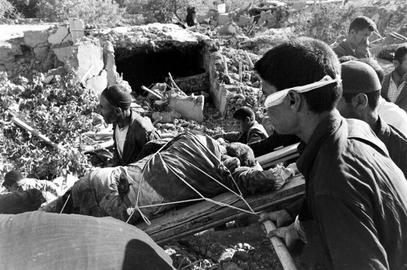

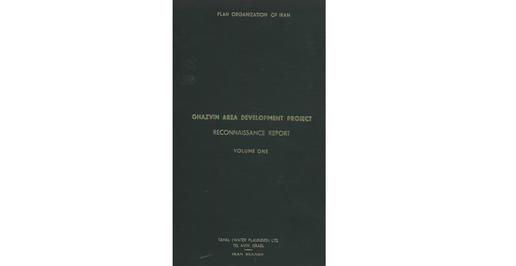
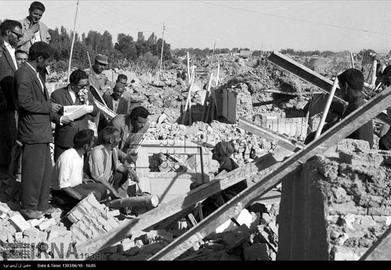
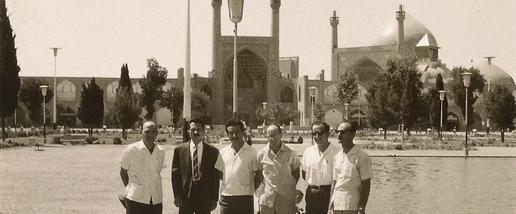
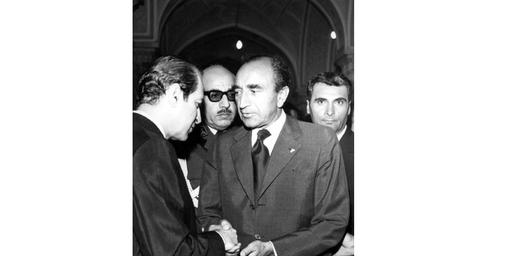



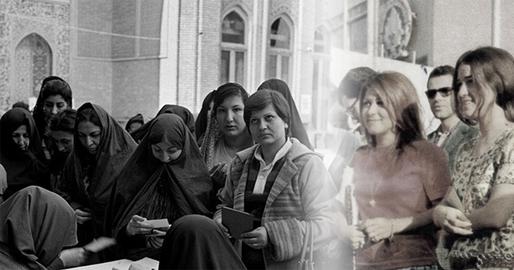
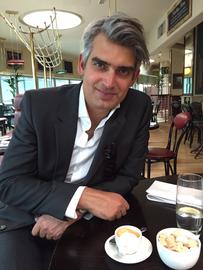
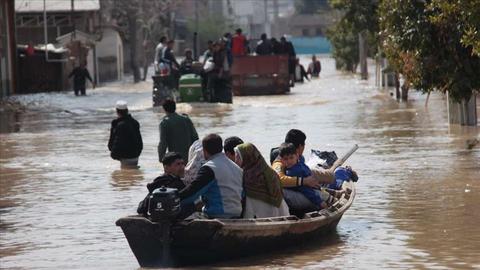
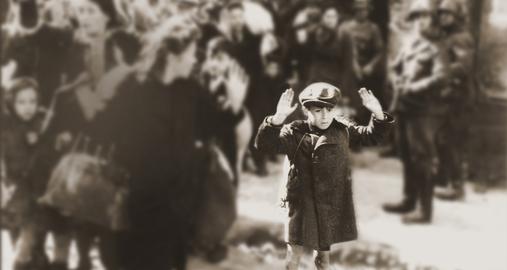
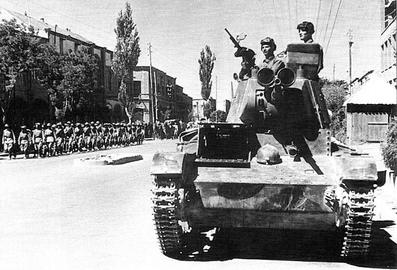
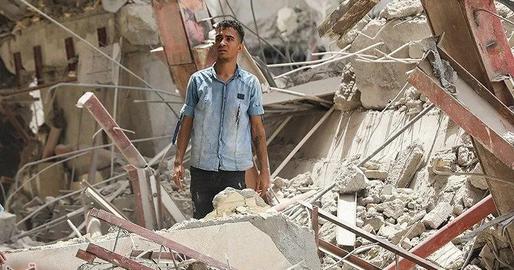
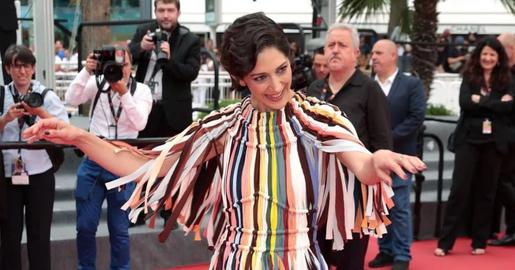




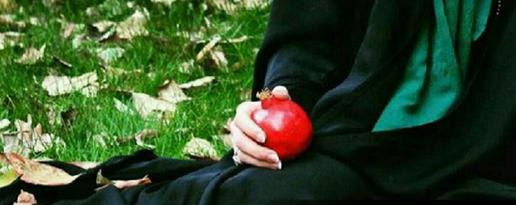
comments